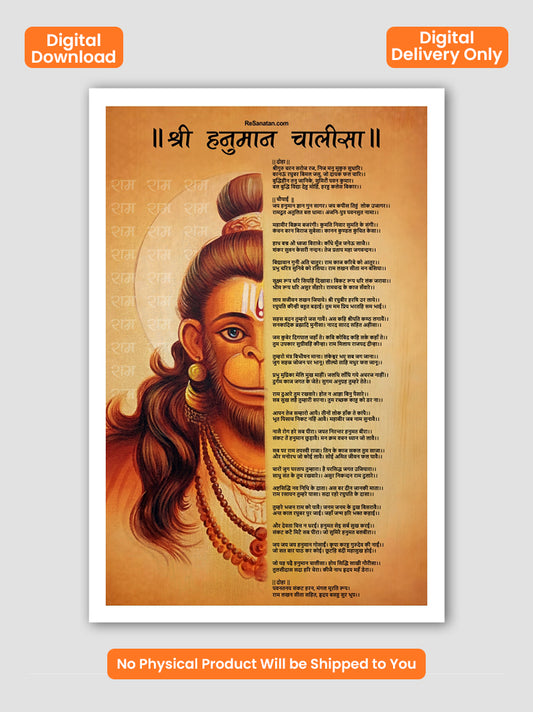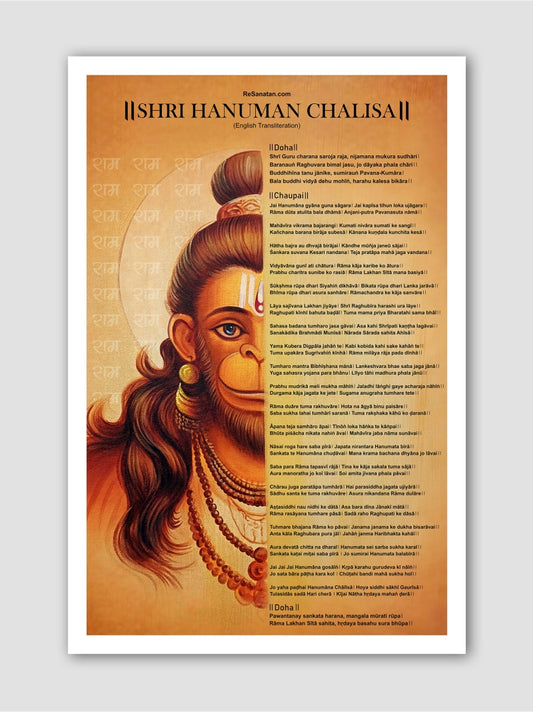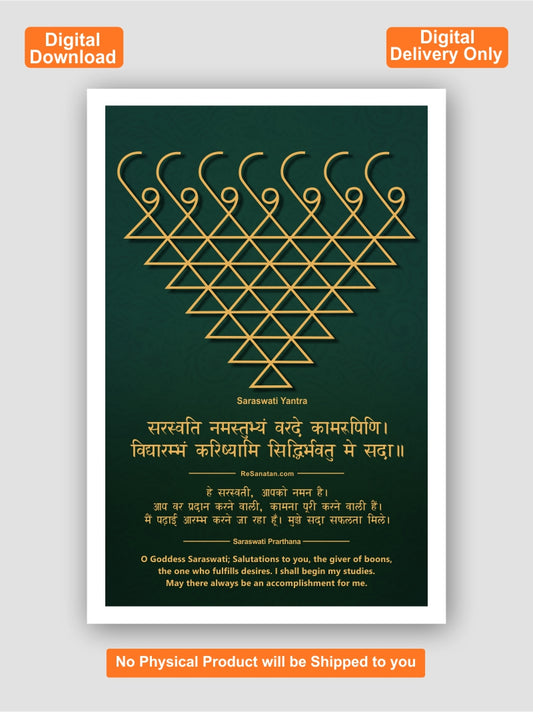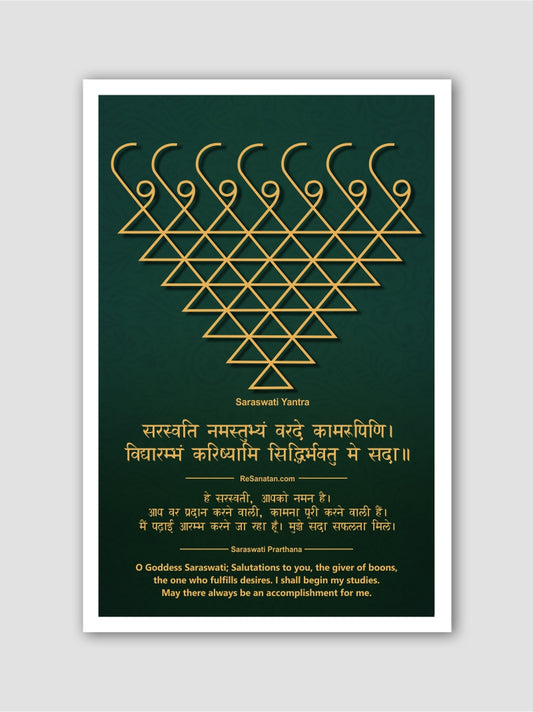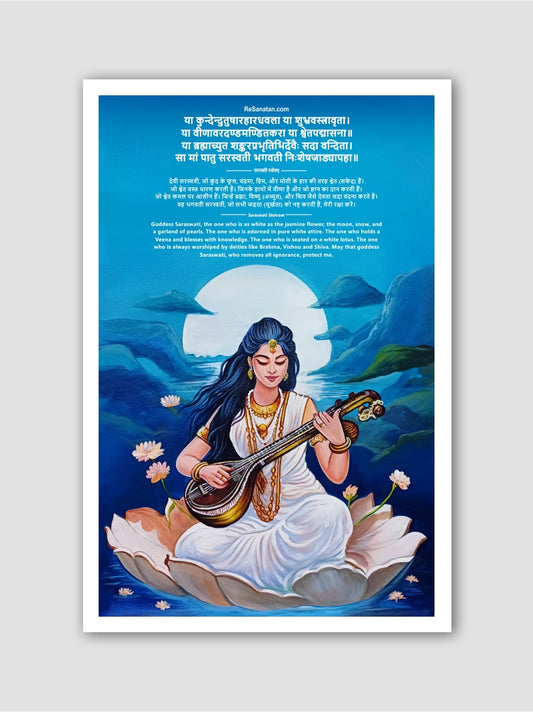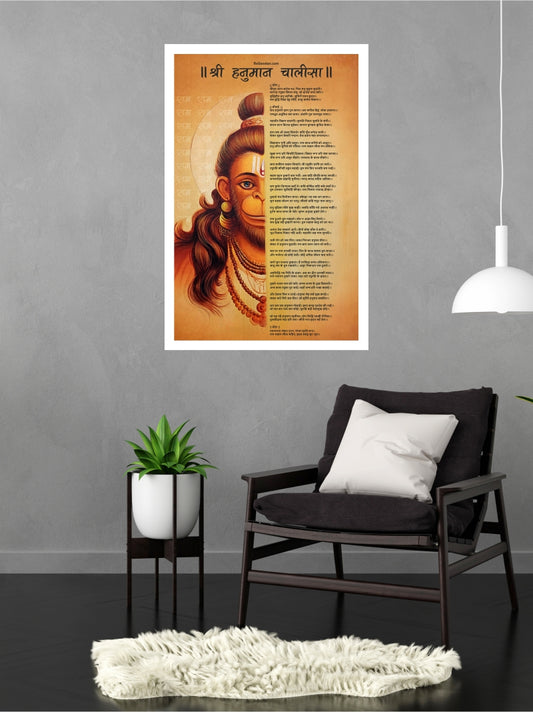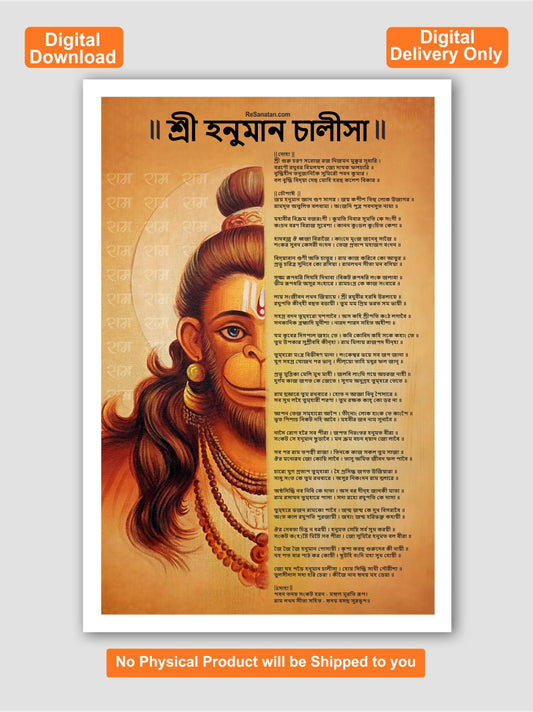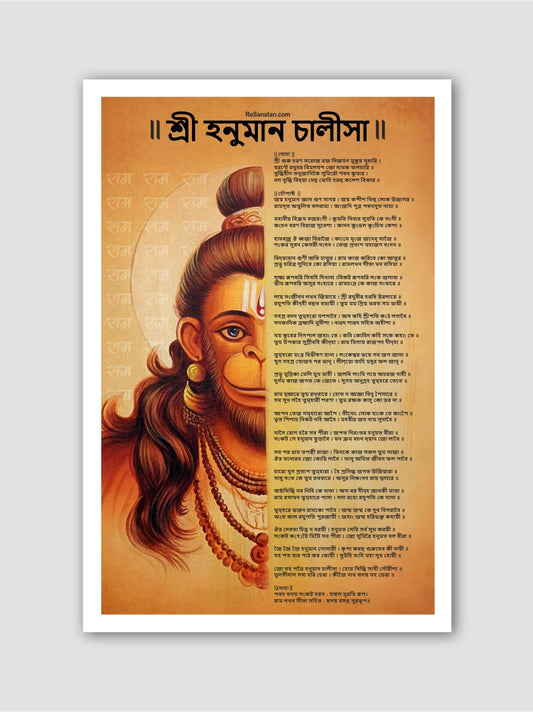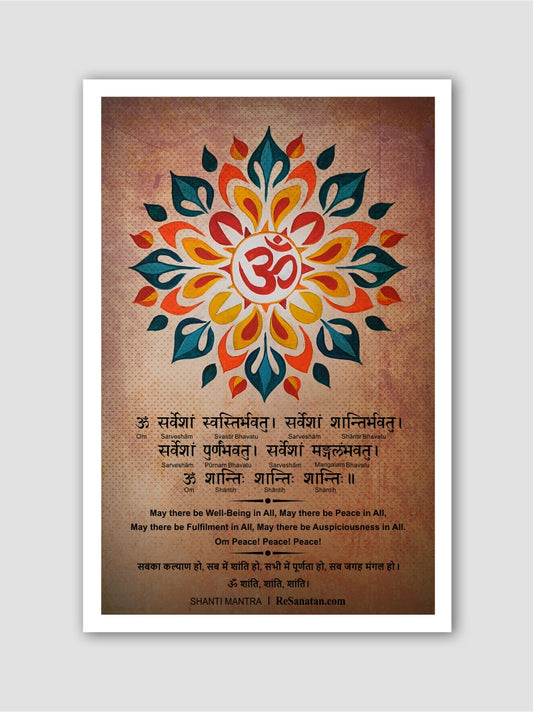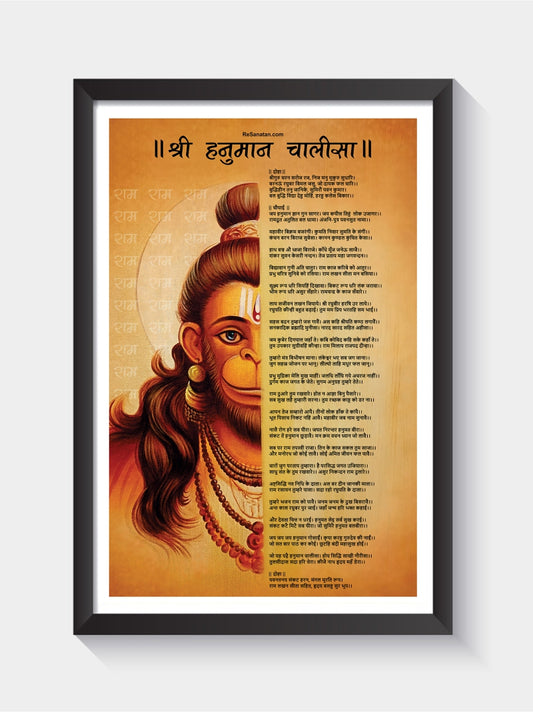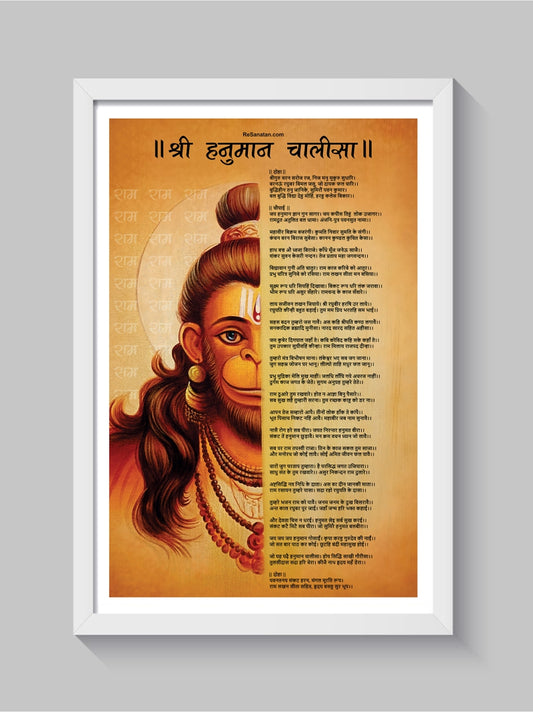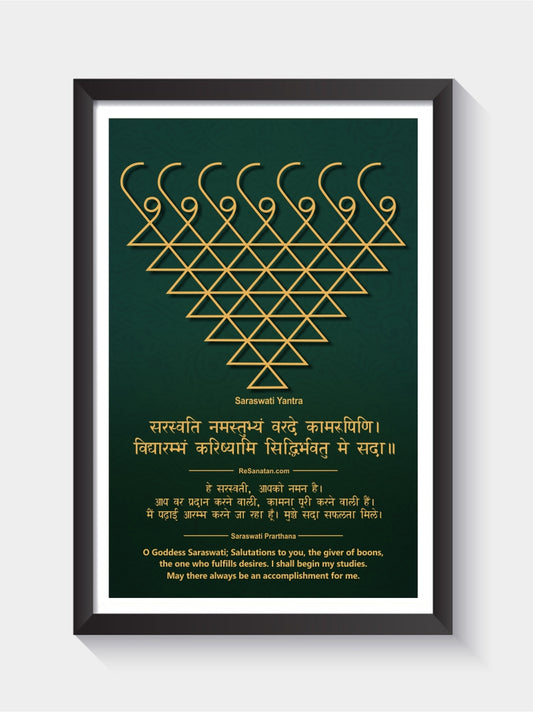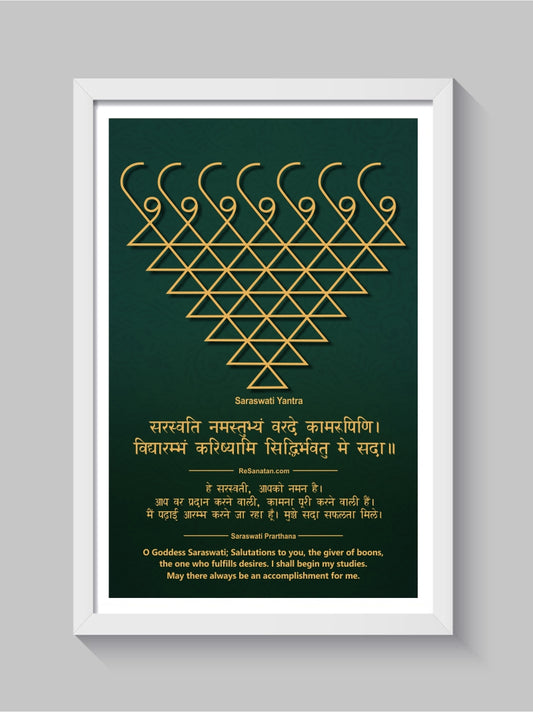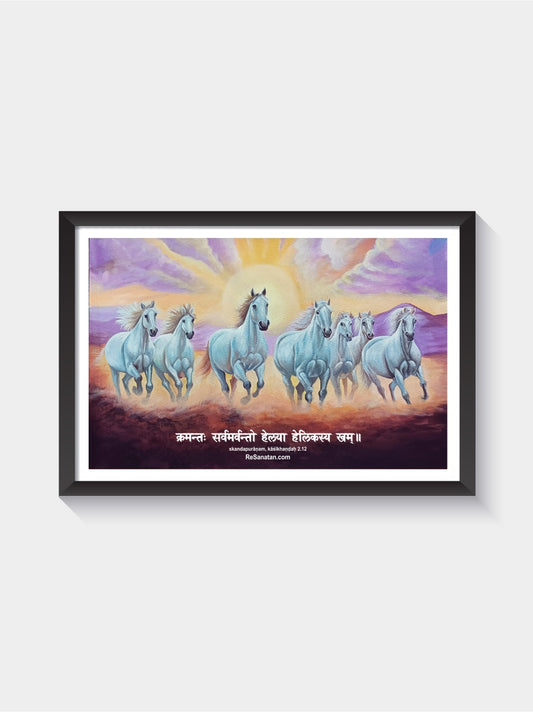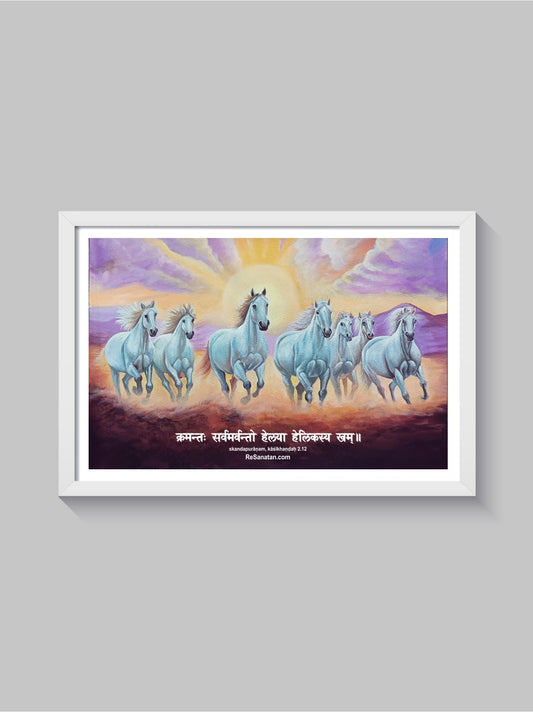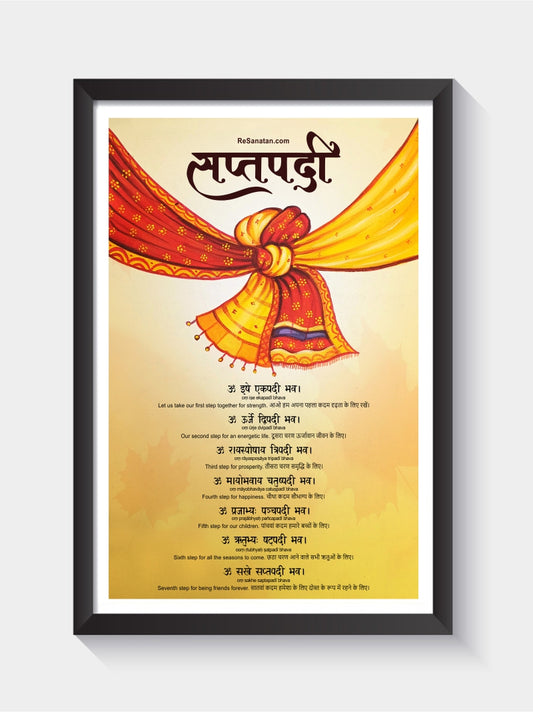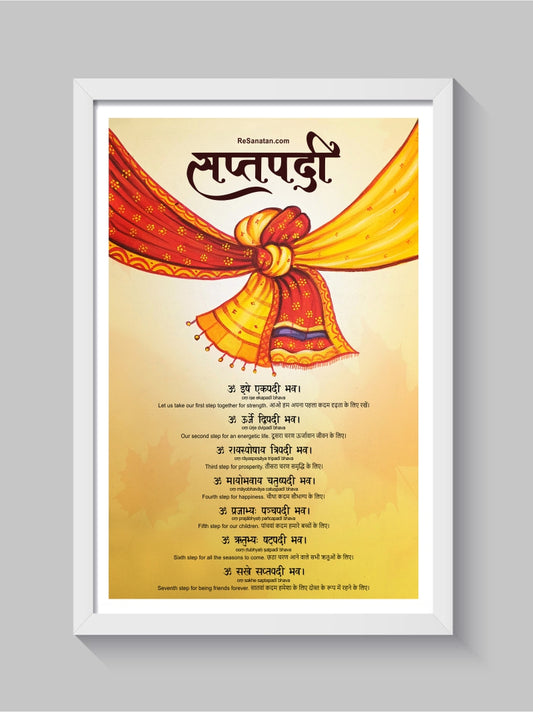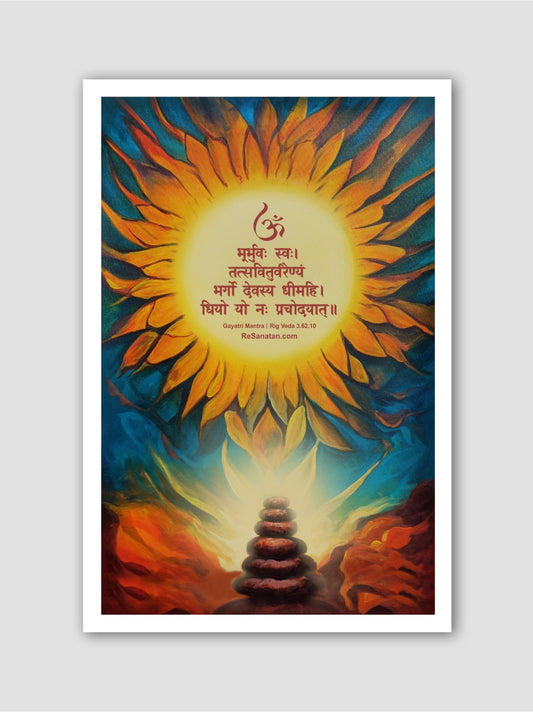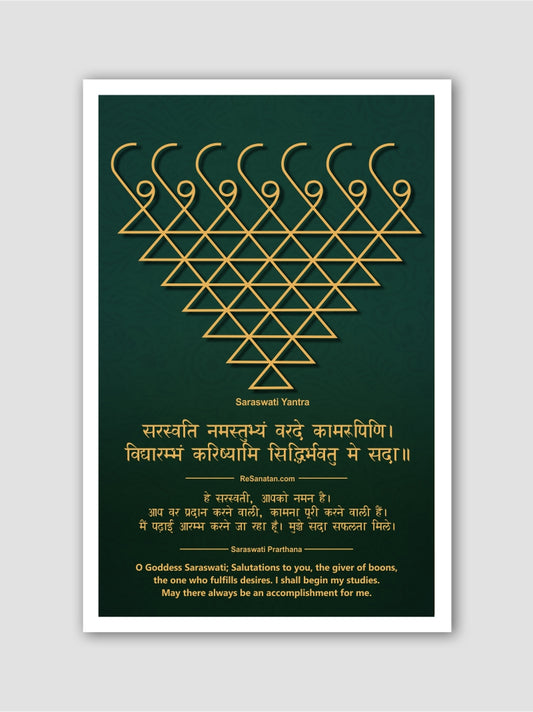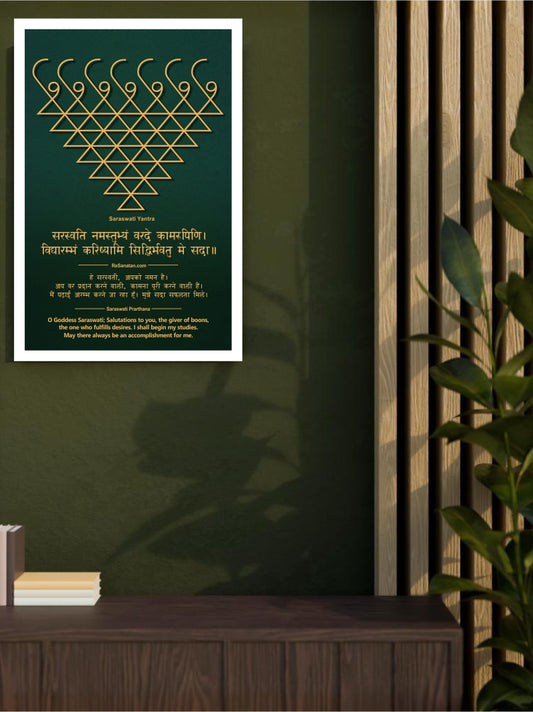Hinduism is a religion rich in symbolism, and its followers have used a variety of symbols to represent their beliefs and practices for thousands of years. From the iconic Om symbol to the lotus flower, these symbols have deep meanings and can provide insights into the complex beliefs and practices of the religion.
What are the main symbols of Hinduism?
Hinduism, being a complex and diverse religion, encompasses a wide range of symbols that hold various meanings and significance. Here are some of the main symbols commonly associated with Hinduism and their meanings:
1. Om or Aum - The prime symbol of Hinduism
The prime symbol of Hinduism is often considered to be the syllable "Om" or "Aum." It is a sacred sound and represents the ultimate reality, Brahman, which encompasses the entire universe. The symbol of Om is regarded as the essence of Hindu metaphysics and spiritual wisdom.
The Om or Aum symbol is considered one of the most sacred and powerful symbols in Hinduism, as well as in other religions such as Buddhism and Jainism. It is a combination of three Sanskrit letters: A, U, and M, which represent the three aspects of the divine, namely Brahma (the creator), Vishnu (the preserver), and Shiva (the destroyer).

The sound of Om is considered to be the sound of the universe and the ultimate reality, representing the entire cosmos and all of creation. It is believed that chanting Om can help calm the mind, improve concentration, and lead to a deeper spiritual experience.
The Om symbol is often used in Hindu art, architecture, and decorations, as well as in yoga and meditation practices. It is also used in various mantras and prayers, where it is repeated as a way of invoking the divine and connecting with the spiritual realm.
In summary, the Om or Aum symbol represents the essence of Hinduism and the universal consciousness. It is a symbol of the ultimate reality and a tool for spiritual growth and self-realization.
2. Swastika - Hindu symbol of good luck and blessing
The Swastika is an ancient and sacred symbol that has been used in Hinduism for thousands of years. The word "swastika" is derived from the Sanskrit word "svastika," which means "well-being" or "good fortune." The symbol itself consists of a cross with arms bent at right angles, each of which is usually adorned with dots or other decorative elements.
![]()
In Hinduism, the Swastika is associated with many deities, including Lord Ganesha and Goddess Lakshmi, and is often used as a symbol of good luck, prosperity, and well-being. It is also associated with the sun, and its four arms are said to represent the four directions, the four Vedas, and the four goals of human life - dharma (righteousness), artha (wealth), kama (desire), and moksha (liberation).
The Swastika is also used in Hindu weddings and other auspicious ceremonies as a symbol of good luck and blessing. It is drawn on the floor or walls of the house with turmeric or vermilion powder and decorated with flowers and other decorative elements.
3. Shri Yantra
The Shri Yantra, also known as the Shri Chakra, is a sacred geometric symbol representing the divine cosmic energy in Hinduism. It is considered one of the most powerful and auspicious symbols in the Hindu spiritual tradition. The Shri Yantra is composed of nine interlocking triangles that radiate outwards from the central point, forming a complex pattern.

Here is the meaning and significance of the Shri Yantra:
1. Representation of the Universe: The Shri Yantra is believed to symbolize the cosmos, with its intricate design representing the interplay and interconnectedness of all aspects of the universe, both seen and unseen.
2. Manifestation of Divine Energy: Each of the nine triangles in the Shri Yantra represents a specific deity or divine energy. The central triangle, known as the Bindu, represents the supreme consciousness or the ultimate reality. The other triangles represent different aspects of divine energy, including various deities and cosmic forces.
3. Spiritual Journey and Enlightenment: The Shri Yantra is considered a tool for spiritual growth and self-realization. Meditating upon the Sri Yantra is believed to help one access higher states of consciousness, deepen spiritual awareness, and ultimately attain enlightenment.
4. Harmony and Balance: The symmetrical and geometrically precise structure of the Shri Yantra represents perfect harmony and balance in the universe. It is believed that meditating on the Shri Yantra can help restore balance and harmony in one's life, both internally and externally.
5. Abundance and Prosperity: The Shri Yantra is associated with abundance and prosperity. It is believed that the sacred geometry and the divine energies represented in the Sri Yantra can attract positive energy, wealth, and material blessings into one's life.
6. Healing and Well-being: The Shri Yantra is also believed to possess healing properties. Meditating on the Shri Yantra is thought to promote physical, mental, and emotional well-being by harmonizing the energy centers in the body (chakras) and removing blockages.
Overall, the Shri Yantra holds deep spiritual significance and is revered as a symbol of divine energy, cosmic order, and the interconnectedness of all things. Its intricate geometry and the profound meanings associated with it make it a potent tool for meditation, spiritual growth, and the manifestation of positive energies in one's life.
4. Lotus or Padma - Hindu symbol of divine beauty, hope, purity, and grace
In Hinduism, the lotus flower is considered a sacred flower and often associated with beauty and is considered a symbol of divine beauty, hope, purity, and grace.
The Lotus or Padma has a significant place in Hinduism, Buddhism, and many other Eastern religions.

The lotus flower has its roots in mud and grows through murky water to emerge into the sunlight as a beautiful and pure flower. This process is seen as a metaphor for the human soul's journey towards enlightenment. The lotus is also a symbol of creation and rebirth, as it blooms each day and then closes at night, only to rise again with the sun.
In Hinduism, the Lotus or Padma is associated with several deities. For instance, Lord Brahma, the creator of the universe, is depicted seated on a lotus. Similarly, Lord Vishnu, the preserver, is often seen holding a lotus flower in one of his four hands. The goddess of wealth, Lakshmi, is also often depicted seated on a lotus flower.
The Lotus symbol is also significant in the chakra system, where the lotus represents the crown chakra or Sahasrara, which is associated with spiritual enlightenment and the highest level of consciousness.
While the lotus is strongly associated with beauty in Hinduism, it's important to note that beauty itself is a multifaceted concept that extends beyond a single symbol. Hinduism encompasses a rich appreciation for beauty in all its forms, be it physical, spiritual, or artistic. Beauty is celebrated through various deities, sacred texts, rituals, and artistic expressions within the Hindu tradition.
In Hinduism, the lotus flower is often associated with the concept of hope.The unfolding petals of the lotus signify the gradual realization of hope and the blossoming of positive outcomes. The lotus also represents spiritual enlightenment, purity, and transcendence, which can be sources of hope for individuals seeking higher understanding and liberation.
5. The 'Kalasha' or Scared Pot - Hindu symbol of abundance and prosperity
The Kalasha, also known as the Sacred Pot, is a symbol that has a significant place in Hinduism and is considered one of the most auspicious symbols in Hindu culture. The Kalasha is a pot made of clay, copper, or silver and is often used in Hindu rituals and ceremonies.

In Hinduism, the Kalasha is a symbol of abundance, prosperity, purity, and fertility.
The Kalasha is considered a potent symbol of abundance and is associated with the Hindu goddess Lakshmi, who is the deity of wealth, fortune, and prosperity. It is believed that the presence of the Kalasha attracts positive energies and blessings, ushering in abundance and well-being.
It is often used in auspicious occasions such as weddings, housewarming ceremonies, and other religious events as a symbol of good luck and prosperity. The pot is filled with water, coconut, and other auspicious items and is decorated with mango leaves and flowers.
The Kalasha is also associated with several Hindu deities. It is believed that Lord Brahma, the creator of the universe, created the Kalasha as a symbol of creation. Similarly, Lord Vishnu, the preserver, is often depicted holding a Kalasha in one of his four hands, representing his power to sustain and nourish the universe. The goddess Durga is also often depicted holding a Kalasha, representing her power and abundance.
The Kalasha is also used in various Hindu rituals and festivals such as the Navaratri and Diwali. During Navaratri, the Kalasha is worshipped as a symbol of the goddess Durga and is placed on a pedestal along with other auspicious items. Similarly, during Diwali, the Kalasha is filled with water, coins, and other auspicious items and is worshipped as a symbol of wealth and abundance.
How many Hindu symbols are there?
There is no definitive number of Hindu symbols, as Hinduism encompasses a vast array of beliefs, practices, and cultural variations. The number of symbols in Hinduism can be considered infinite, as different deities, rituals, traditions, and regional customs may have their own unique symbols.
These are just a few examples of the diverse symbols in Hinduism. The religion's rich mythology, ancient texts, and cultural traditions contribute to the wide range of symbols found in Hindu practices. The symbolism in Hinduism is vast and often varies based on regional customs, sects, and personal interpretations.
What is the most powerful symbol in Hinduism?
In Hinduism, it is subjective to determine the "most powerful" symbol, as different symbols hold significance and power in various contexts. However, there are certain symbols that are widely regarded as potent and influential in Hinduism. One such symbol is the "Om" or "Aum" syllable.
The syllable "Om" is considered the most powerful and sacred sound in Hinduism. It represents the ultimate reality, Brahman, and encompasses the three major Hindu deities—Brahma, Vishnu, and Shiva. The chanting, meditation, and repetition of "Om" are believed to have transformative and purifying effects on the mind, body, and spirit. It is regarded as a symbol of cosmic sound and vibration, representing the essence of the universe and the divine.
While "Om" is widely recognized as a powerful symbol, it is essential to note that Hinduism encompasses a diverse range of beliefs and practices, and the power and significance of symbols can vary depending on personal beliefs, sects, and cultural interpretations.
What is the Hindu symbol of love?
In Hinduism, there isn't a specific symbol exclusively associated with love. However, love is a central theme in Hindu philosophy and mythology, and there are deities and symbols associated with love and devotion.
One such deity associated with love is Lord Krishna. Krishna is considered the embodiment of divine love and is often depicted engaging in playful and loving interactions with his devotees, especially with his beloved Radha. The divine love between Radha and Krishna symbolizes the purest form of devotion and spiritual love.
Another symbol associated with love in Hinduism is the lotus flower. The lotus represents purity, beauty, and spiritual enlightenment. It is often used to depict the love and devotion offered to deities during worship. The unfolding of the lotus petals signifies the blossoming of love and spiritual awakening.
In Hindu weddings, the symbol of "Mangalsutra" is significant. It is a sacred necklace worn by married women and symbolizes love, unity, and the marital bond.
While these symbols are associated with love in Hinduism, it is important to remember that love itself is a profound and multifaceted concept that extends beyond specific symbols. Love is celebrated and revered in various ways throughout Hindu culture and practices.
What is the Hindu symbol for peace?
The Hindu symbol for peace is the "Shanti" symbol or the "Aum" symbol.
The Shanti symbol represents peace, harmony, and well-being. It is often depicted as a circular design with three intersecting arcs or lines, similar to a peace sign. Each arc represents different aspects of peace: peace within oneself, peace with others, and peace with the divine. The Shanti symbol is used in prayers, ceremonies, and meditation to invoke and cultivate peace in one's life and in the world.
The "Aum" symbol (also spelled "Om") is another symbol associated with peace in Hinduism. While it represents the ultimate reality and encompasses various aspects of existence, it is also considered a symbol of inner peace and spiritual harmony. Chanting or meditating on the sound of "Aum" is believed to bring a sense of tranquility, balance, and peace to the mind and soul.
Both the Shanti symbol and the Aum symbol are widely recognized and used in Hindu practices to invoke and embody the qualities of peace, both internally and externally. They serve as reminders to seek and cultivate peace in all aspects of life.
What is the Hindu symbol for wealth?
In Hinduism, the symbol associated with wealth and prosperity is the "Sri" symbol or the "Sri Yantra."
The Sri symbol, also known as the "Shri" symbol, is a stylized representation of the Devanagari script for the word "Sri" or "Shri," which is a respectful prefix used to address or refer to deities or auspicious beings. It is considered a symbol of wealth, abundance, and auspiciousness. The Sri symbol is often adorned with intricate designs and is used to invoke blessings and attract prosperity.
The Sri Yantra is a sacred geometric diagram composed of intersecting triangles, representing the divine feminine energy, particularly the goddess Lakshmi, who is associated with wealth, prosperity, and abundance. The Sri Yantra is believed to possess immense spiritual and cosmic power, and it is used in rituals and meditation practices to attract prosperity and spiritual growth.
Both the Sri symbol and the Sri Yantra are significant in Hinduism as representations of wealth, auspiciousness, and the divine feminine energy associated with abundance. They are used in various rituals, ceremonies, and as decorative elements in homes and temples to invoke blessings and attract prosperity.
What is the immortal symbol in Hinduism?
In Hinduism, the concept of immortality is often associated with the Atman (the individual soul) and the ultimate reality, Brahman. While there isn't a specific symbol exclusively representing immortality in Hinduism, there are concepts and symbols related to eternal existence and the immortal nature of the soul.
One such symbol is the "Bindu." The Bindu represents the unmanifested, formless, and eternal essence of existence. It is often depicted as a small dot or point, representing the infinite potential and eternal nature of consciousness.
Another symbol associated with immortality is the "Sahasrara Chakra," also known as the "Crown Chakra." It is the highest energy center in the human subtle body according to the yogic tradition. The Sahasrara Chakra is believed to be the seat of spiritual awakening and enlightenment, connecting the individual consciousness with the universal consciousness and the eternal nature of the soul.
Additionally, the lotus flower, a prominent symbol in Hinduism, is often associated with the concept of immortality. The lotus represents purity, beauty, and spiritual awakening. Its ability to rise above the murky waters and bloom with pristine perfection symbolizes the journey of the soul from ignorance to enlightenment and the immortal nature of the spirit.
While these symbols are not exclusively representative of immortality, they reflect the spiritual and philosophical concepts associated with eternal existence and the immortal nature of the soul in Hinduism. The concept of immortality in Hinduism is multifaceted and often explored through various philosophical and spiritual teachings.
What is the Hindu symbol of infinity?
In Hinduism, the symbol of infinity is often represented by the "Ananta" or "Shesha" serpent. Ananta, meaning "endless" or "infinite," is a manifestation of Lord Vishnu and is depicted as a mighty serpent with multiple heads.
The Ananta serpent symbolizes eternity, timelessness, and the infinite nature of the universe. It represents the cosmic serpent upon which Lord Vishnu rests during the periods of cosmic creation and dissolution. The serpent's coils, which seem to have no beginning or end, symbolize the endless cycle of life, death, and rebirth.
The Ananta serpent is also associated with Lord Shiva, who is often depicted wearing the snake as a sacred ornament around his neck. In this form, the serpent represents the unending cosmic energy and the eternal nature of existence.
While the Ananta serpent is a notable symbol of infinity in Hinduism, it is important to note that the concept of infinity is pervasive throughout Hindu philosophy and theology. The idea of the infinite, boundless, and eternal is deeply ingrained in Hindu thought and is explored through various philosophical concepts and spiritual teachings.
What is the Hindu symbol of marriage?
In Hindu culture, the symbol of marriage is often represented by the "Mangalsutra" or "Thaali." The Mangalsutra is a sacred necklace or thread that is tied around the bride's neck by the groom during the wedding ceremony. It is considered a symbol of marital status and is worn by married Hindu women as a sign of their commitment and union with their husbands. The design of the Mangalsutra may vary depending on regional customs and personal preferences, but it typically consists of a gold pendant or black beads strung on a yellow thread or gold chain.
What is the Hindu symbol for breath?
In Hinduism, the symbol for breath is known as "Prana." Prana is a Sanskrit term that refers to the life force or vital energy that permeates all living beings and sustains their existence. It is believed to be the fundamental energy that connects the body, mind, and spirit. Prana is associated with breath because breathing is considered the primary means of absorbing and circulating this vital energy within the body.
In yoga and meditation practices, there is a strong focus on controlling and regulating the breath to enhance physical and mental well-being. The breath is seen as a vehicle for prana, and conscious breathing techniques are employed to channel and harness this life force energy. Pranayama, the practice of controlling the breath, is an integral part of yogic traditions and is believed to promote balance, vitality, and spiritual growth.
The symbol "Om" (also spelled as "Aum") is a sacred sound and symbol in Hinduism, representing various aspects of existence, including the breath and the essence of all reality.
While Om is not specifically a symbol for breath, it encompasses the concept of breath within its broader meaning. The sound of Om is considered to be the primordial sound that represents the vibration of the universe and the cosmic energy. It is chanted and meditated upon to connect with higher consciousness and to experience a sense of unity with all existence.
The pronunciation of Om involves the gradual and complete opening of the mouth, starting with the "a" sound, transitioning to the "u" sound, and concluding with the "m" sound. This sequential pronunciation is often associated with the inhalation, retention, and exhalation of breath, symbolizing the cycle of life and the breath's essential role in sustaining it.
What Does Eagle Symbolize in Hinduism?
In Hinduism, the eagle is associated with various symbolic meanings and is often considered a divine bird. Here are some interpretations and symbolisms of the eagle in Hinduism:
1. Garuda: Garuda is a mythical creature and a divine eagle-like bird in Hindu mythology. He is considered the mount (vahana) of Lord Vishnu, one of the principal deities in Hinduism. Garuda symbolizes power, speed, and strength, and is depicted as a fierce bird with a human-like form.
2. Suparna: The term "Suparna" is used in Hindu scriptures to refer to a divine bird with beautiful feathers. It is often associated with the eagle or hawk, representing the soaring heights of spiritual aspirations and divine vision. The eagle's ability to fly high in the sky is seen as a metaphor for transcending worldly limitations and reaching spiritual realms.
3. Symbol of Vishnu: The eagle is sometimes used as a symbol to represent Lord Vishnu. Vishnu is believed to have the ability to take various forms (avatars), including that of a bird-like creature. The eagle, in this context, symbolizes Vishnu's supreme power, protection, and divine presence.
4. Spiritual Insight: The eagle is associated with keen vision and perception. In Hinduism, it represents spiritual insight and the ability to see beyond the surface and into deeper truths. The eagle's sharp eyesight is seen as a symbol of discernment, wisdom, and the ability to perceive the divine.
5. Liberation (Moksha): In some interpretations, the eagle is considered a symbol of liberation (moksha) and spiritual liberation from the cycle of birth and death. It represents the soul's ultimate goal of attaining freedom and union with the divine.
It's important to note that symbolism in Hinduism can vary across different regions and traditions, so interpretations of the eagle may differ slightly depending on the specific context or mythology being referenced.
What is the Symbol for New Beginnings in Hinduism?
In Hinduism, the lotus flower is often considered a symbol of new beginnings and spiritual enlightenment. The lotus is highly revered and holds great significance in various aspects of Hindu philosophy, art, and religious symbolism.
Another symbol for new beginnings in Hinduism is the Swastika. The Swastika is an ancient symbol that has been used in Hindu culture for thousands of years. It consists of an equilateral cross with arms bent at right angles, forming a square pattern.
"Om" (also spelled as "Aum") can also be considered a symbol of new beginnings in Hinduism. In the context of new beginnings, Om symbolizes the eternal cycle of creation and rebirth. It signifies the potential for transformation, growth, and spiritual evolution.

